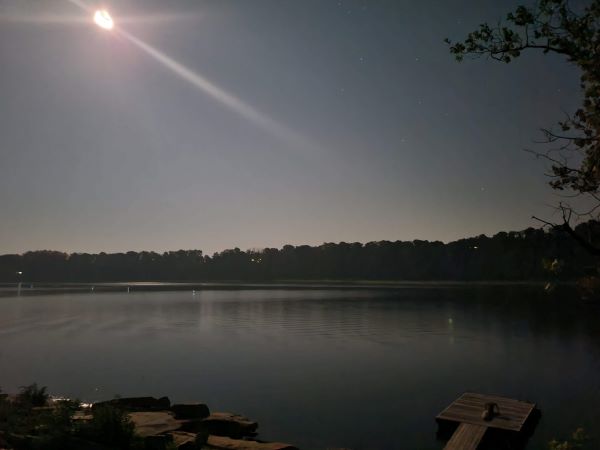
As any angler will tell you, timing is everything when it comes to fishing success. Factors like weather, water conditions, and the behavior of the fish play a significant role in determining when you’re most likely to have a fruitful day on the water. In this blog, we’ll delve into the different factors that influence the best time to go fishing and offer insights on maximizing your chances of landing that prized catch.
Early Morning Magic
Dawn is often regarded as one of the best times to go fishing. As the sun rises, the water is cooler, and bass tend to move to shallower waters to feed. The low light conditions encourage bass to become more active, making it an excellent opportunity for topwater fishing with lures like poppers, buzzbaits, and walking baits.
Late Afternoon and Evening Excitement
Similar to the early morning, the late afternoon to early evening period is another prime fishing time. Bass become more active as the sun sets and the water temperature begins to cool. This is a great time to use a variety of lures and techniques, such as crankbaits, spinnerbaits, and soft plastics, as bass venture from their hiding spots in search of prey.
Weather Considerations
Cloudy and overcast days can create optimal fishing conditions. Bass are more likely to roam and feed in these conditions, as the reduced sunlight reduces their visibility and makes them feel less vulnerable. On the other hand, clear, sunny days can still be productive, especially during the early morning and late afternoon windows.
Moon Phases and Tides
Moon phases can impact fish behavior, with many anglers believing that new and full moons stimulate feeding activity. Additionally, tides can affect coastal and freshwater fishing. Pay attention to tide charts and moon phase calendars to align your fishing trips with potential feeding times.
Seasonal Patterns
Different fish species exhibit distinct behavior patterns based on the seasons. Spring and fall are typically considered peak fishing times, as fish become more active during their spawning and feeding periods. In summer, fish often move to deeper waters during the heat of the day, making early mornings and evenings more productive.
Water Temperature
Water temperature directly influences fish behavior. Fish, including bass, are more active and willing to feed when the water temperature is within their preferred range. As a rule of thumb, aim for water temperatures between 60°F to 75°F for optimal bass activity.
Consider the Species
Different fish species have different habits and preferences. Research the specific species you’re targeting to understand their behavior and the best times to catch them.
Stay Patient and Persistent
Fishing success can be unpredictable, and sometimes the best time is simply when you have the opportunity to cast your line. Remember that fishing is a combination of skill, preparation, and a bit of luck, so stay patient and persistent in your pursuit of that elusive catch.
Time to Fish
The best time to go fishing varies based on numerous factors, including the time of day, weather conditions, moon phases, and the behavior of the fish you’re targeting. While early mornings and late afternoons are often prime times, adapting to the specific circumstances of your fishing location is essential. Pay attention to the water temperature, seasonal patterns, and the behavior of different fish species to optimize your chances of a successful and rewarding fishing experience. Ultimately, every moment on the water is an opportunity to learn and enjoy the art of angling.
